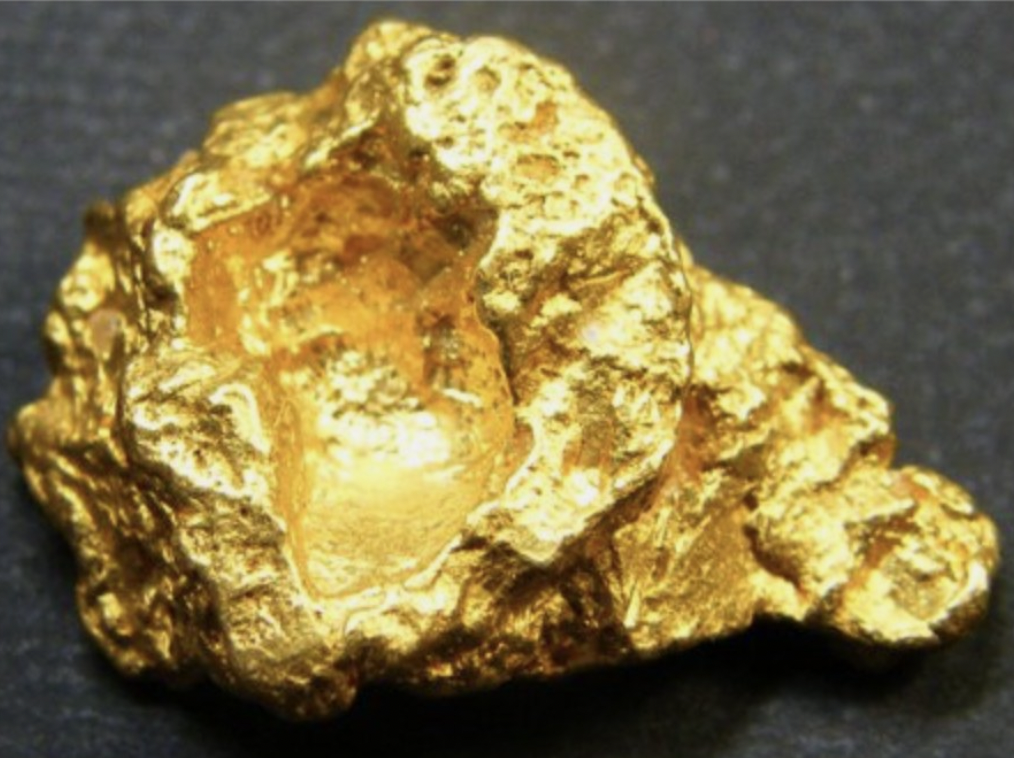As we all know by now, gold is one of the most highly sought-after and valuable metals in the world, known for its beauty, rarity, and versatility. It has been used for centuries for jewelry, currency, and decoration, and has also been highly prized for its use in electronics and other modern technologies.
One of the most fascinating aspects of gold is its origin. While there are many myths and legends surrounding the origin of gold, scientists believe that it was formed through a process called supernova nucleosynthesis. This process occurs when a massive star reaches the end of its life and explodes in a supernova, releasing an enormous amount of energy and creating the high temperatures and pressures needed to fuse lighter elements into heavier ones, including gold.
After the supernova, the newly formed gold is released into space, where it may eventually be incorporated into a new star or planetary system. It is believed that the gold found on Earth was formed in this way, as part of the debris left over from the formation of our solar system.
However, while some gold may have arrived on Earth via meteorites or other extraterrestrial sources, the vast majority of gold found on our planet is believed to have been formed through geological processes over millions of years. This can include the concentration of gold in underground veins or the erosion of gold-containing rocks into riverbeds where the gold can be extracted through mining.
Gold is a highly valuable and sought-after commodity, with a wide range of uses in jewelry, technology, and finance. Despite its rarity, it is found in many parts of the world and is often extracted through mining.
While the origin of gold may be shrouded in mystery and myth, its value and importance to human society is clear. Whether worn as jewelry, used in electronics, or traded as a form of currency, gold will continue to play a vital role in our lives and our economy for many years to come.
#gold
